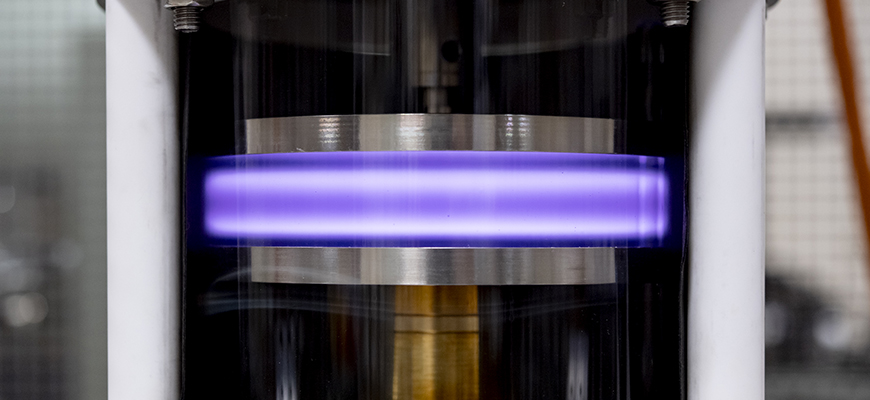Electrical Gas Discharges Research Group

Group leader: Kinga KUTASI
Publications of the group: link to the database of the Hungarian Scientific Bibliography
The Electrostatical Gas Discharge Research Group has four main research fields.
Electrical gas discharges: Nowadays low-temperature (non-thermal) plasma is widely used in gas lasers, fluorescent lamps and discharge lamps, spectroscopic light sources, in a number of technological steps in the production of integrated circuits and in modifying the surface properties of different materials (production of superhard or biocompatible surfaces). In recent years, the IT background has become widely available, which provides significant help in answering the unresolved questions of plasma physics. More about this research area...
Complex plasma: An electrostatically charged, strongly interactive, dusty plasma layer was cooled down quickly, which resulted in overcooling from a liquid phase to a solid phase. Fast particle video was used to examine the details of crystal grain growth in two-dimensional Yukawa systems. More about this research area...
Electrical gas discharges for biomedicine and nanotechnology purposes: discharge plasma containing chemically active particles has applications in a number of areas, e.g. the discharge containing chemically active oxygen is suitable for plasma-based sterilisation (deactivating bacteria and removing biological pollutants such as prions and pirogenes from surfaces), the production of metal-oxide nanowires, disconnecting thin oxide layers, analysing the functions of polymers, removing organic pollutants, selective cautery of composites, passivation of metals, activation of metals and treating wool; at the same time, discharges containing CH radicals are suitable for disconnecting biocompatible thin layers. More about this research area...
Electrolyte Cathode Atmospheric glow Discharge (ELCAD): The basic research of ELCAD takes place at the Wigner FK Complex Fluid Research Department, with the help of OTKA. Its main goal is to understand the functional mechanism of the discharge and learn about the processes that determine the intensity of the atomic lines of metals diluted in a solution, which appear in the emitted spectrum of the discharge. More about this research area...
Results: 2024; 2017-2023




